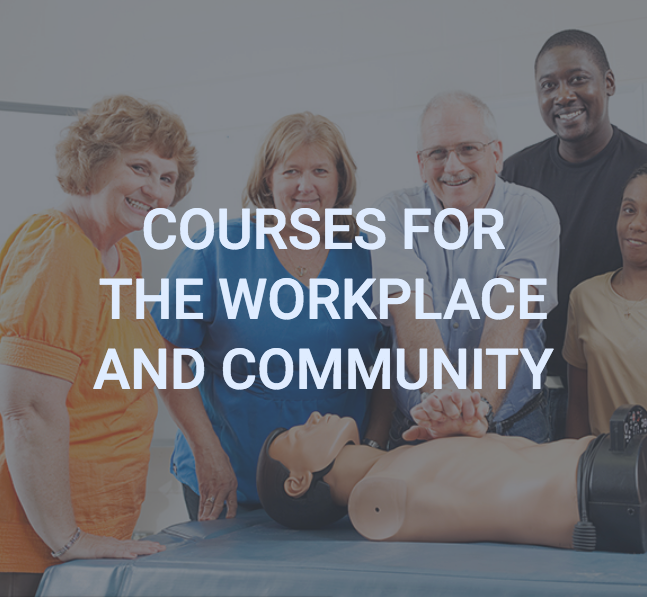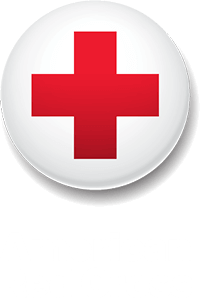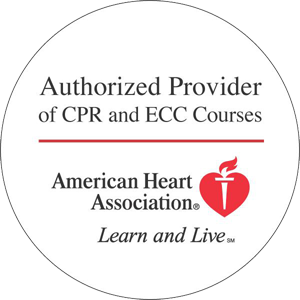Here at HeartCert, we firmly believe in ensuring accessible training for all. That’s why we offer classes in over 10 cities in Minnesota, as well as classes in Wisconsin and Alaska. We’ve been floored by the positive responses our instructors have received and the overwhelming support by our students.
But now we need your help to grow. HeartCert is actively looking for new locations and partners.
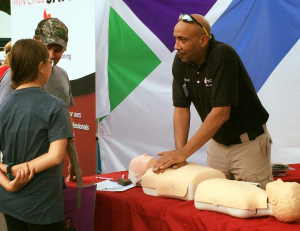
Join Our Team
Are you a current, new or potential CPR Instructor? Interested in a rewarding and fulfilling position that teaches others how to save a life and make a difference in the community? You’ve come to the right place! HeartCert is proud provider of American Heart Association ECC Training which means we offer the highest quality of training. We offer initial and renewal training for: Heartsaver (lay), BLS, ACLS and PALS Provider/Instructor courses each quarter. Please contact us for details on the process.
Top notch instructor training courses, Manikin rental services, Teaching space assistance, Training updates and certification tracking, Easy electronic roster submission, Business support, teaching assistance, employment opportunities and MORE!
Suggest a Location
Want HeartCert to come to your city? Let us know where you are and we’ll do our best to come to you. If you’re interested in becoming an instructor, please let us know on your submission form if you’re interested in partnering with us to bring HeartCert classes to your location.
Contact Us for More Information
HeartCert CPR is your trusted training partner for First Aid and CPR in Minnesota. Find your CPR Class, PALS Class, BLS Class or ACLS Class at any of our Minnesota locations:
- HeartCert CPR Minneapolis
- HeartCert CPR St. Paul
- HeartCert CPR Burnsville
- HeartCert CPR Eden Prairie
- HeartCert CPR Richfield
- HeartCert CPR Woodbury
- HeartCert CPR Eagan
- HeartCert CPR Brooklyn Park
- HeartCert CPR Blaine
We also partner with Duluth, Mankato, Rochester, Appleton and Anchorage for select classes.

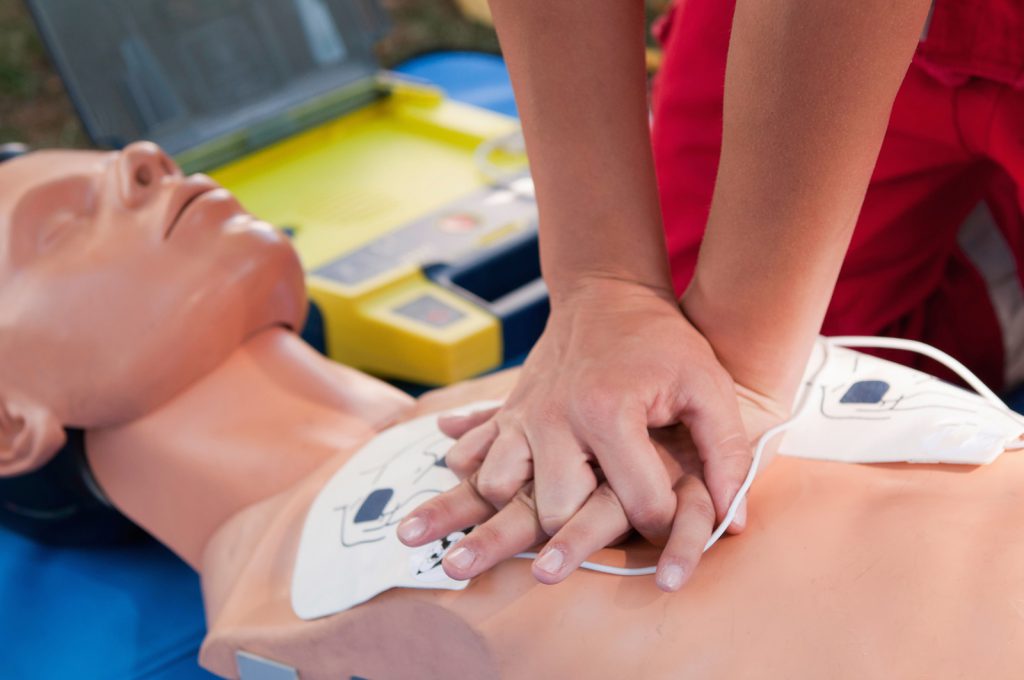
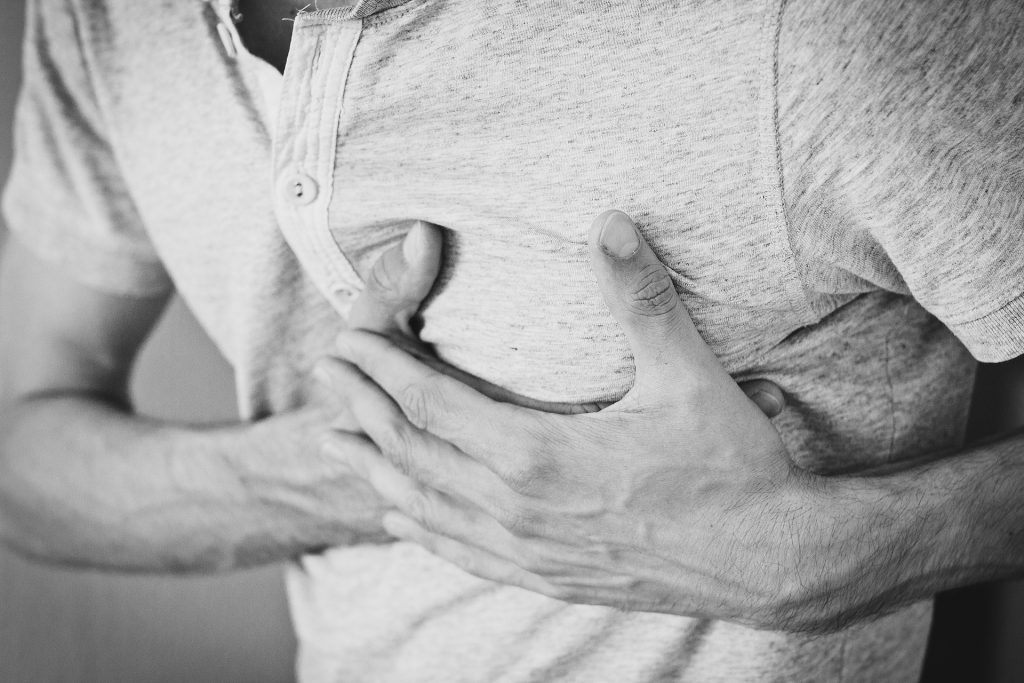 Would you know what to do if a loved one collapsed suddenly in front of you? Cardiovascular diseases are the most common cause of death in the world. CPR can be the difference between life and death. You can’t assume that someone else will step in – that’s why it’s so important to learn CPR. Getting certified is easier than you think.
Would you know what to do if a loved one collapsed suddenly in front of you? Cardiovascular diseases are the most common cause of death in the world. CPR can be the difference between life and death. You can’t assume that someone else will step in – that’s why it’s so important to learn CPR. Getting certified is easier than you think. 
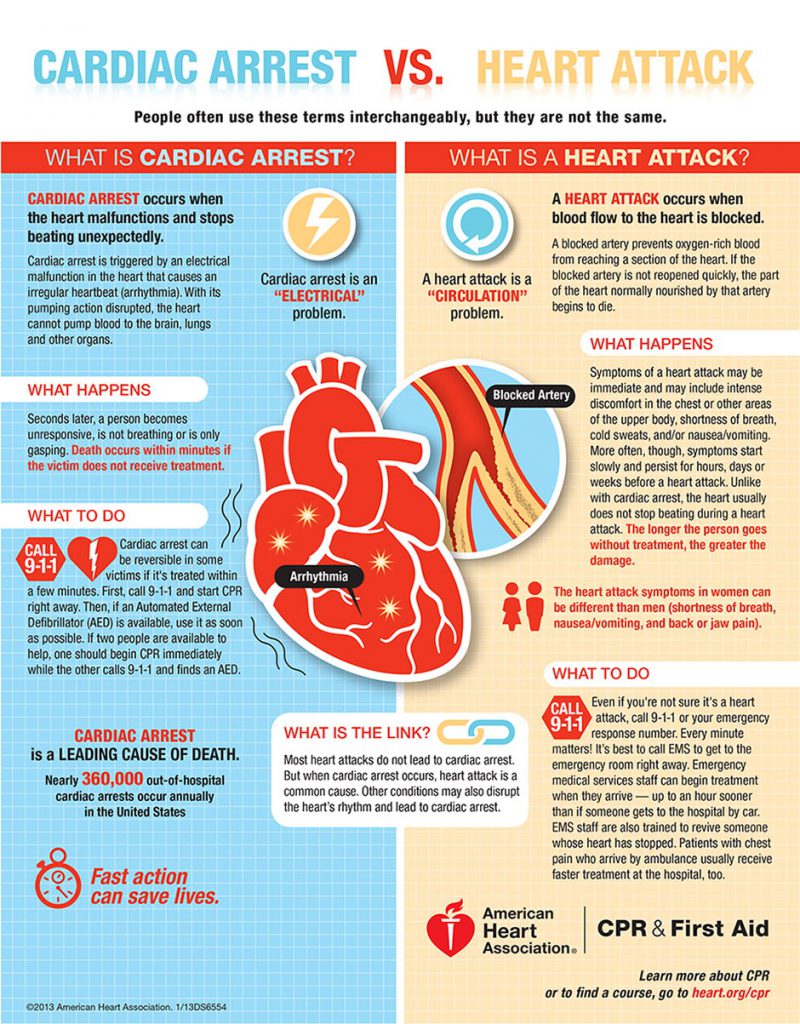
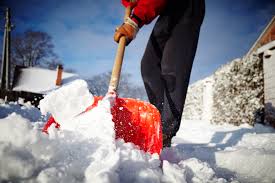 Winter has officially arrived in Minnesota, with snow storms the past two weekends forcing residents state-wide to pull out our shovels and fire up our snow blowers. Clearing our driveways and sidewalks is an added duty that we all have to tackle each winter and although it may be tiring and inconvenient, it can also be dangerous. A study conducted by US Nationwide Children’s Hospital found that every winter, almost 100 people in the United States die from cardiac-related injuries associated with snow shoveling.
Winter has officially arrived in Minnesota, with snow storms the past two weekends forcing residents state-wide to pull out our shovels and fire up our snow blowers. Clearing our driveways and sidewalks is an added duty that we all have to tackle each winter and although it may be tiring and inconvenient, it can also be dangerous. A study conducted by US Nationwide Children’s Hospital found that every winter, almost 100 people in the United States die from cardiac-related injuries associated with snow shoveling. 